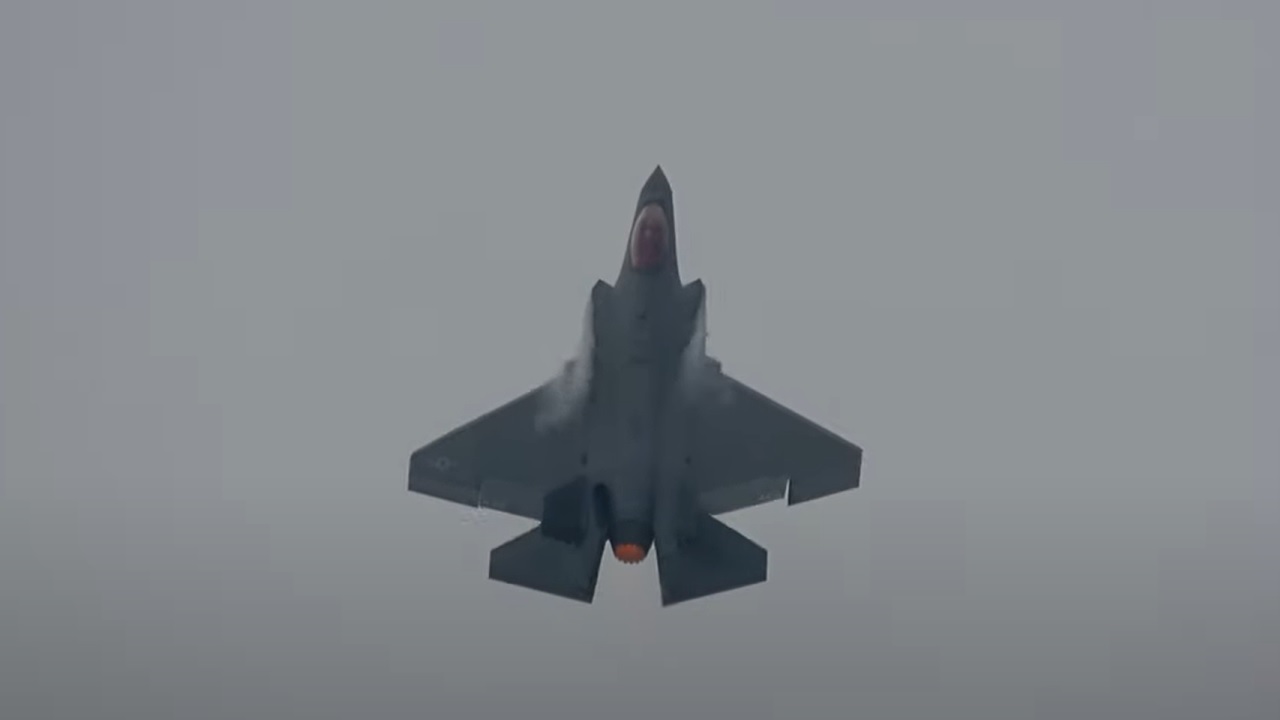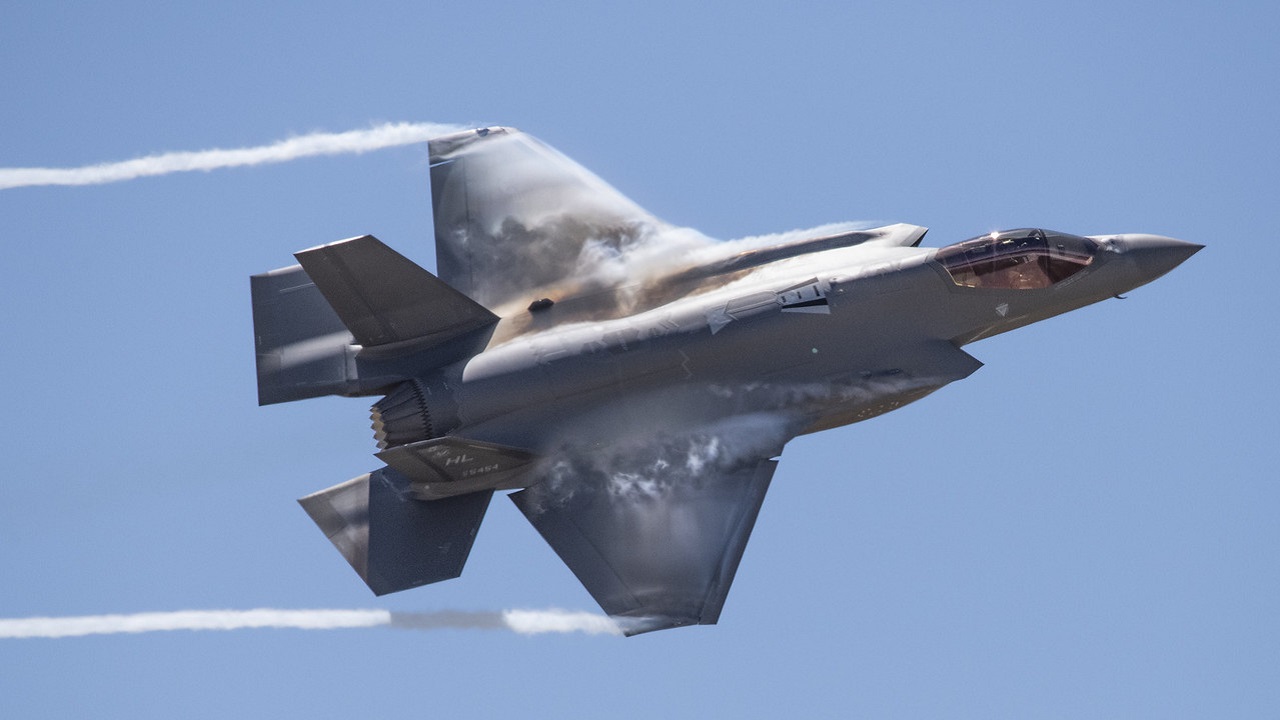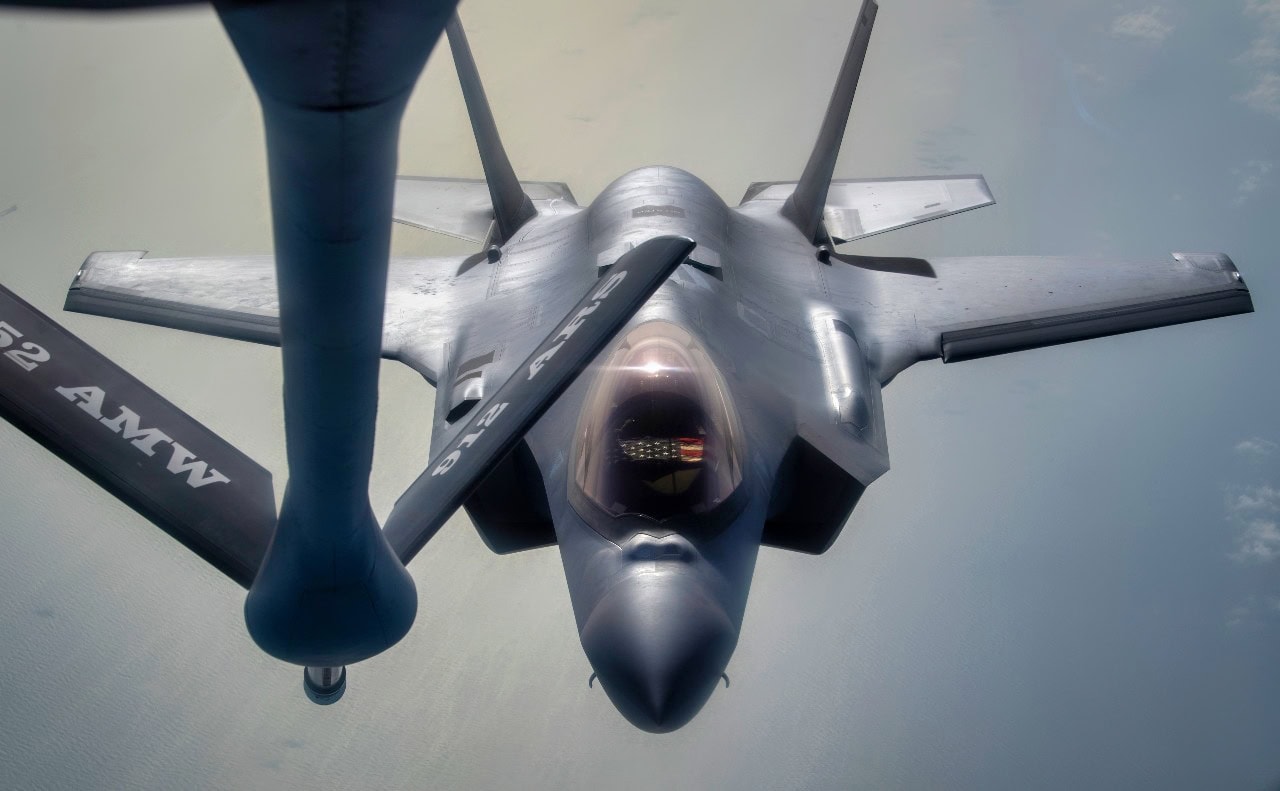Article Summary and Key Points: Speculation about a U.S.-controlled “kill switch” disabling foreign-operated F-35s is unfounded and out of context. Lockheed Martin and European officials deny its existence, emphasizing the aircraft isn’t remotely controllable.
-Concerns misunderstand the F-35’s logistical software, ALIS and ODIN, which manage maintenance data but lack control over flight systems.
-Introducing the idea overlooks NATO’s strong foundational alliances and cooperative defense. F-35 interoperability through the Multifunctional Advanced Data Link strengthens collective European and U.S. security, making remote sabotage strategically nonsensical.
-While technically possible, a “kill switch” remains improbable, counterproductive, and misaligned with strategic realities.
Does the F-35 Have a Secret Kill Switch? Separating Fact from Fiction
Online and social media commentary is lit up with the question of whether the United States’ fighter jet, the F-35, has a “kill switch.” The discussion takes key issues out of context and unnecessarily raises alarm bells when few, if any, are needed.
In recent days, there has been speculation and online chatter about the possibility that the US has built a “kill switch” into its foreign allied F-35s capable of limiting or disabling its combat capability.
Lockheed Martin and several key European allies strongly dismiss this possibility or circulating idea, which could almost be called a rumor or conspiracy theory. The site Interesting Engineering cites Lockheed’s position on the topic.
“Lockheed Martin, a Maryland-based defense giant, has highlighted that its F-35 Joint Strike Fighters don’t have any discreet ‘kill switch’ that the US government could use to disable fighter jets supplied to other countries,” the article says.
The essay further cites Belgian Chief of Defense Gen. Frederik Vansina, who underlined that the F-35 is not a remote-controlled aircraft.
“We have no indication that this is possible. The program relies on worldwide logistical support, with spare parts circulating between user countries,” said Vansina, as cited in Interesting Engineering.
The unspoken element of the prospect of a US-controlled kill switch pertains to the unanticipated possibility that the US might want to disable allied F-35s throughout Europe or Asia for some military or political purpose.
The mere suggestion of such a prospect is likely to send fissures through the very foundation of the NATO alliance, and introducing the possibility takes key security realities entirely out of context. The idea that the US would be militarily opposed to or in some degree of conflict with its European allies such as the UK, Germany, Poland, Norway, The Netherlands, Switzerland, and others is ridiculous.
There is a history of disagreements, political nuances, and complex geopolitical realities. Yet, current tensions surrounding NATO, Ukraine, and Russia should not be overestimated or elevated to the degree that merits consideration of US vs. European allied military confrontation or disagreement. This situation presents a question of scale and probability, meaning despite potential disputes related to Ukraine, the US and its European allied foundation are rock solid and going nowhere.
Regarding security, commitment to freedom, counterterrorism, and a need to contain any expansion ambitions of would-be attackers, NATO is likely to remain solid and strong. As one of modern history’s most successful and vital international alliances, NATO has ensured stability, sustained sovereignty, and assured collective security. There is an underlying foundation here related to persistent security and national sovereignty, and it seems more than strong enough to endure any possible differences regarding support to Ukraine.
“Kill-Switch” Reality
Many have for years regarded the F-35 as a “flying computer,” meaning its advanced processing and algorithms enable standard information management and analysis across multiple formations, and individual pilots are able to see otherwise disparate pools of sensor information organized, fused, and presented on a single screen.
It would not make sense to presume that some kind of “disable” function was not technologically possible; however, it was unlikely, yet some technical reports cast significant doubt upon the possibility.
An essay in The Aviationist says the F-35 logistical computer Automatic Logistics Informations System (ALIS) and its evolving Operational Data Integration Network (ODIN) computer system do not intersect with operational controls.
“Neither ALIS nor ODIN interface with the F-35’s operational controls. As the Government Accountability Office (GAO) has noted, their shortcomings relate to maintenance and data management, not the ability to command or deactivate the aircraft in flight,” the essay says.
Realistic? Relevant?
The possibility that the US would want to disable or derail the performance of the F-35s operated by its many European allies is so unlikely and unrealistic that it is absurd to emphasize the idea. It may or may not actually be true.
However, it would seem extremely unlikely for several key reasons.
The US already places some limitations on its export variants of the F-35, meaning allied nations receive a slightly different or scaled-back aircraft variant. At the same time, allied F-35s are fully functional and capable airplanes.

F-35C. Image Credit: YouTube Screenshot.
The commonality of the F-35 is actually a tremendous asset for member nations as allies are capable of operating expansive, networked 5th-generation air-attack formations across a broad operational envelope. All member nation F-35s operate with a shared, secure data link called Multifunctional Advanced Data Link (MADL), which uses standard protocol and technical interfaces to ensure all F-35s can seamlessly share data with one another in real-time in combat.
With hundreds of F-35s throughout Europe and the prospect of there being as many as 600 Joint Strike Fighters across the continent by 2030, Europe and the US could collectively field a massive, interconnected formation of F-35s in position to share target detail, identify enemy targets from stand-off locations and conduct attacks as needed.
In essence, the alarm bells and panic about a potential kill switch take the reality of US-European alliances entirely out of context and raise unrealistic fears of divisions, which are not really there when it comes to the ultimate question of security.

U.S. Air Force Maj. Kristin Wolfe, F-35A Lightning II Demonstration Team commander and pilot, showcases the unique aerial capabilities of the USAFs most advanced 5th generation multi-role stealth fighter, the F-35A, during Wings Over Solano at Travis Air Force Base, California, May 15, 2022. The Wings Over Solano open house and air show provided an opportunity for the local community to interact directly with the base and its Airmen and see capabilities on full display at Travis AFB. (U.S. Air Force photo by Heide Couch)
About the Author: Kris Osborn
Kris Osborn is the Military Technology Editor of 19FortyFive and President of Warrior Maven – Center for Military Modernization. Osborn previously served at the Pentagon as a highly qualified expert in the Office of the Assistant Secretary of the Army—Acquisition, Logistics & Technology. Osborn has also worked as an anchor and on-air military specialist at national TV networks. He has appeared as a guest military expert on Fox News, MSNBC, The Military Channel, and The History Channel. He also has a Masters Degree in Comparative Literature from Columbia University.

